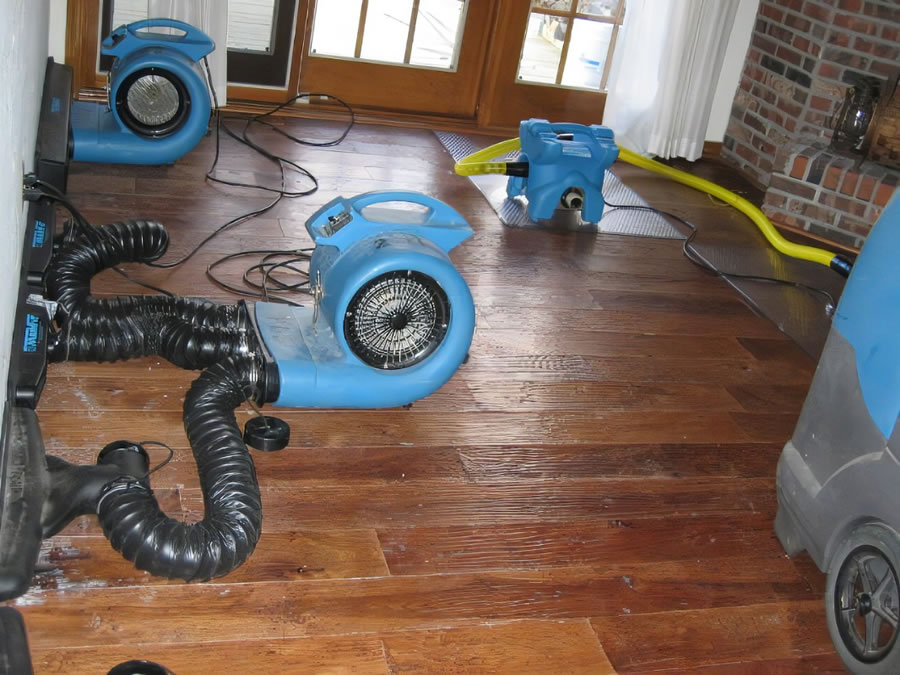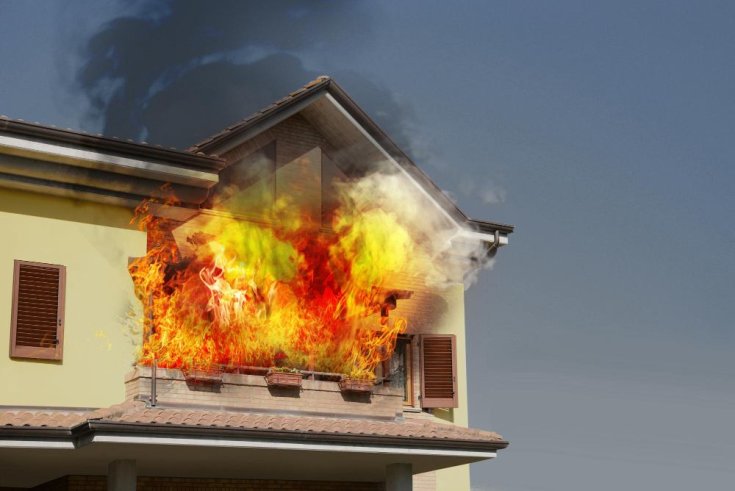404-900-3852
15-45 Minutes Response Time
404-900-3852
15-45 Minutes Response Time
It’s practically impossible to miss water damage to carpets and flooring, but what happens under the top layer is harder to assess. Subflooring does the heavy lifting under the flooring or carpets, and water damage to the subflooring can be disastrous. Extensive water damage can necessitate a partial or complete replacement of subflooring, but how do you know if that is the case? Your friends at Tidal Wave Restoration have some tips. If you need water damage restoration experts to asses the damage or perform water damage removal, then call Tidal Wave Restoration and speak with a friendly representative today.


How To Prevent Water Damage from Leaking Appliances Water damage from leaking appliances can wreak…
 December 11,2023
December 11,2023

Precautionary Measures to Prevent a Fire on Your Home Home and business fires are awfully…
 December 06,2023
December 06,2023
First, let’s establish what subflooring is. Subflooring is the structural element supporting the flooring. Subflooring is generally made of softwood or plywood sheets and spans the skeletal structure of most buildings. These sheets of subflooring are usually 4 feet wide and up to 12 feet in length.
In most cases, water damage will not cause enough damage to the subflooring to warrant a subflooring replacement. However, extensive water damage or extended periods of exposure to water damage can destroy the structural integrity of subflooring. Mold and mildew as well as pest infestations or fire damage can also necessitate a subflooring replacement.
Sadly, damage to the subflooring is not going to be obvious. In fact, detecting and assessing the damage is near impossible without sophisticated tools and technology or tearing out the flooring to look underneath. Still, there are some tell-tale signs of trouble that you can look out for:
As we mentioned earlier, subflooring is usually made up of sheets of softwood or plywood. These sheets are usually about 4 feet wide and up to 12 feet long. This modular is great because it means you don’t have to replace ALL of the subflooring. Only the sheets that are overly damaged will have to be replaced. Lightly damaged subflooring sheets can be salvaged with methods like rapid structural drying.
If you suspect your subflooring has experienced severe damage, then you will have to remove the carpeting or flooring to access the subflooring. Hiring a professional can save you time and money. The professionals at Tidal Wave Restoration, for instance, use sophisticated tools and technology to identify and locate damaged areas. Our experts are also trained and equipped to handle subflooring replacements or subflooring repairs quickly and affordably.
Call Tidal Wave Restoration to speak with a friendly representative at any time of the day. Don’t forget to explore our website to find applicable discounts and coupons.